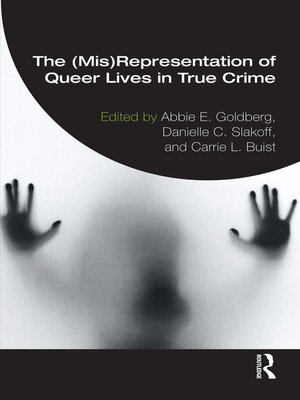
Sign up to save your library
With an OverDrive account, you can save your favorite libraries for at-a-glance information about availability. Find out more about OverDrive accounts.
Find this title in Libby, the library reading app by OverDrive.



Search for a digital library with this title
Title found at these libraries:
| Loading... |
This book examines the representation and misrepresentation of queer people in true crime, addressing their status as both victims and perpetrators in actual crime, as well as how the media portrays them.
The chapters apply an intersectional perspective in examining criminal cases involving LGBTQ people, as well as the true crime media content surrounding the cases. The book illuminates how sexual orientation, gender, race, and other social locations impact the treatment of queer people in the criminal legal system and the mass media. Each chapter describes one or more high-profile criminal cases involving queer people (e.g., the murders of Brandon Teena and Kitty Genovese; serial killer Aileen Wuornos; the Pulse nightclub mass shooting). The authors examine how the cases are portrayed in the media via news, films, podcasts, documentaries, books, social media, and more. Each chapter discusses not only what is visible or emphasized by the media but also what is invisible in the accounting or societal focus surrounding the case. Lesser-known (but similar) cases are used in the book to call attention to how race, gender, sexuality, sexual orientation, social class, and/or other features influence the dominant narrative surrounding these cases. Each chapter addresses "teachable moments" from each case and its coverage, leaving readers with several considerations to take with them into the future.
The book also provides media resources and supplemental materials so that curious readers, including scholars, students, content creators, and advocates, can examine the cases and media content further. The book will appeal to scholars and students of criminology, psychology, sociology, law, media studies, sexuality studies, and cultural studies, and people with an interest in true crime.






